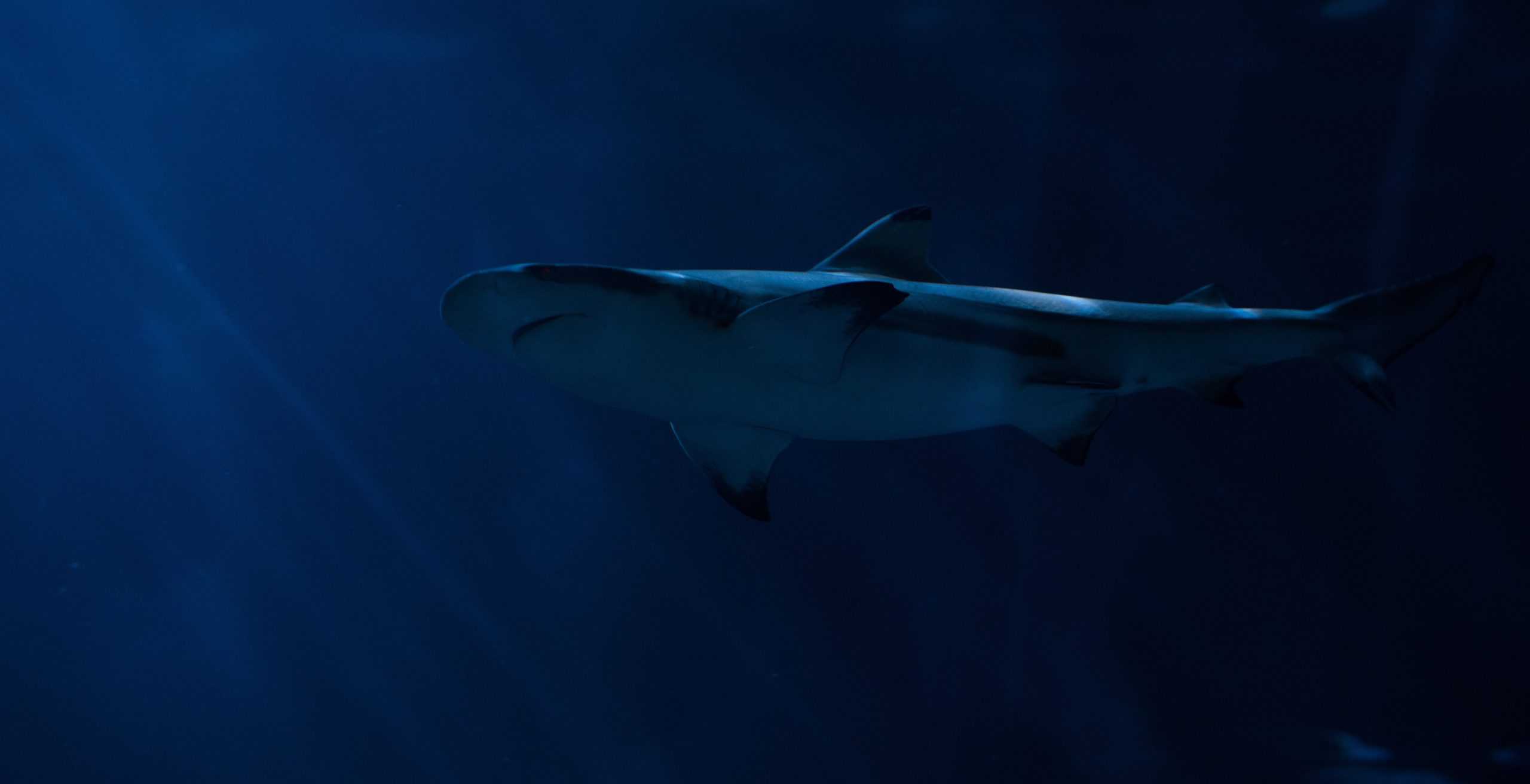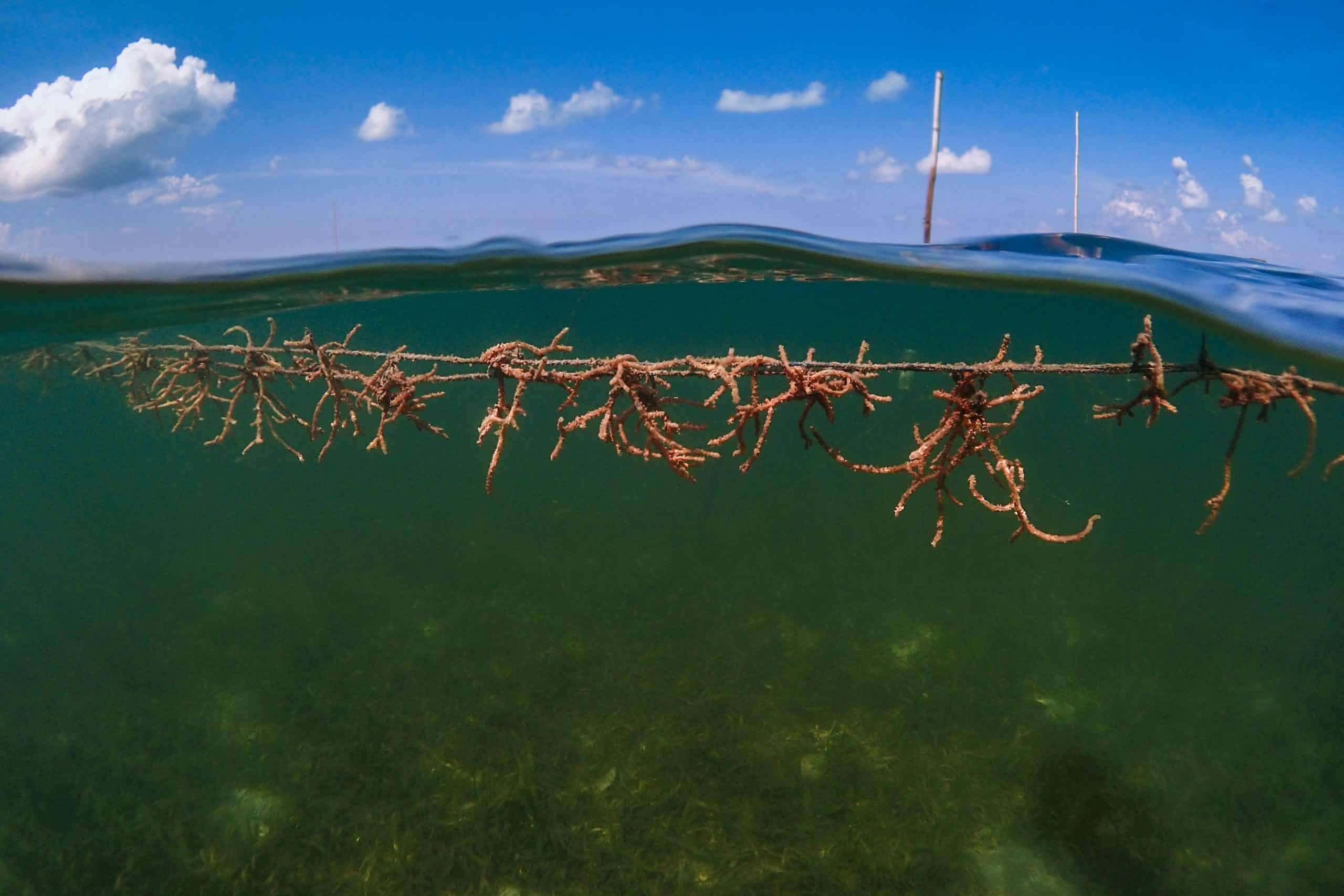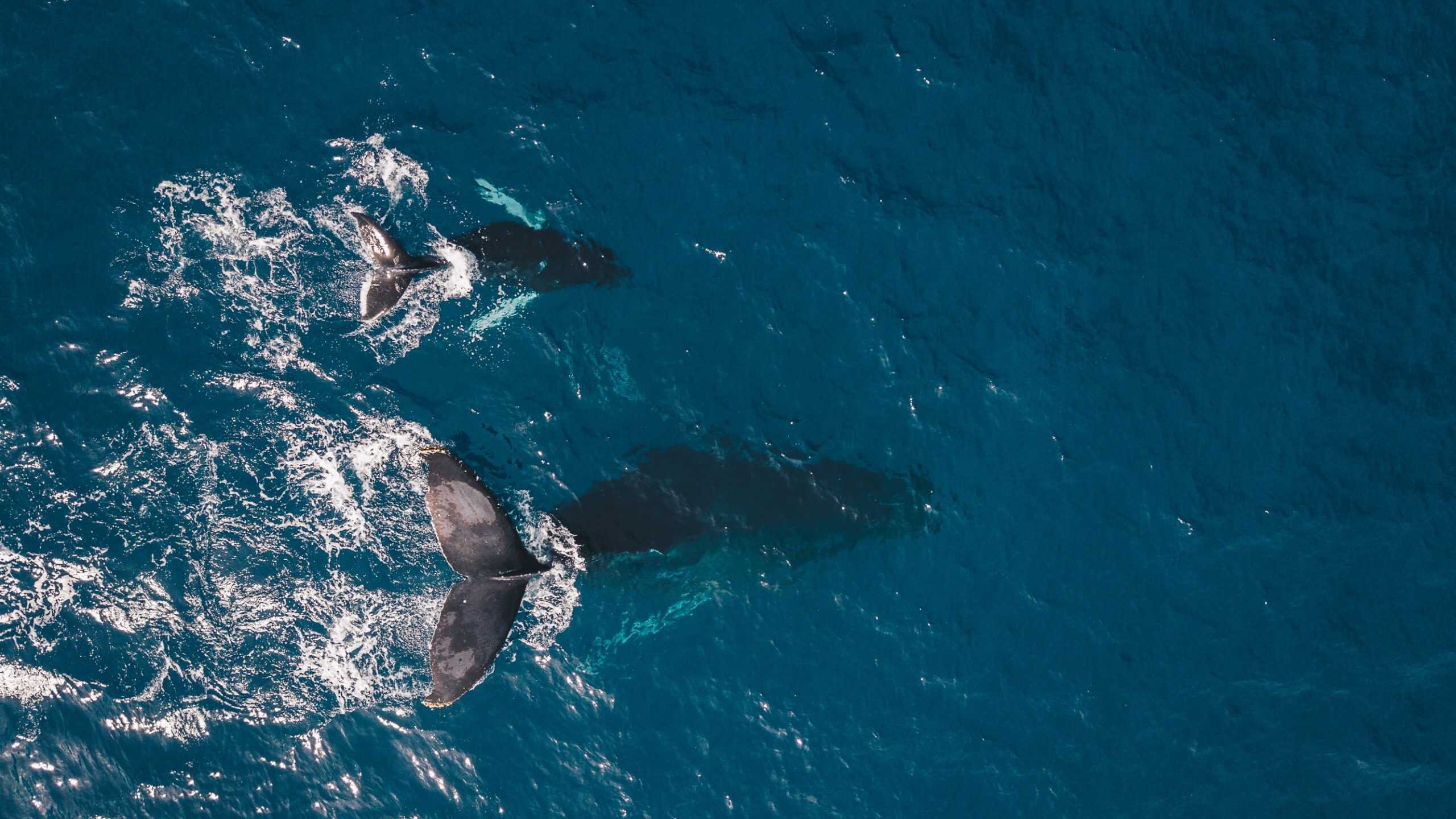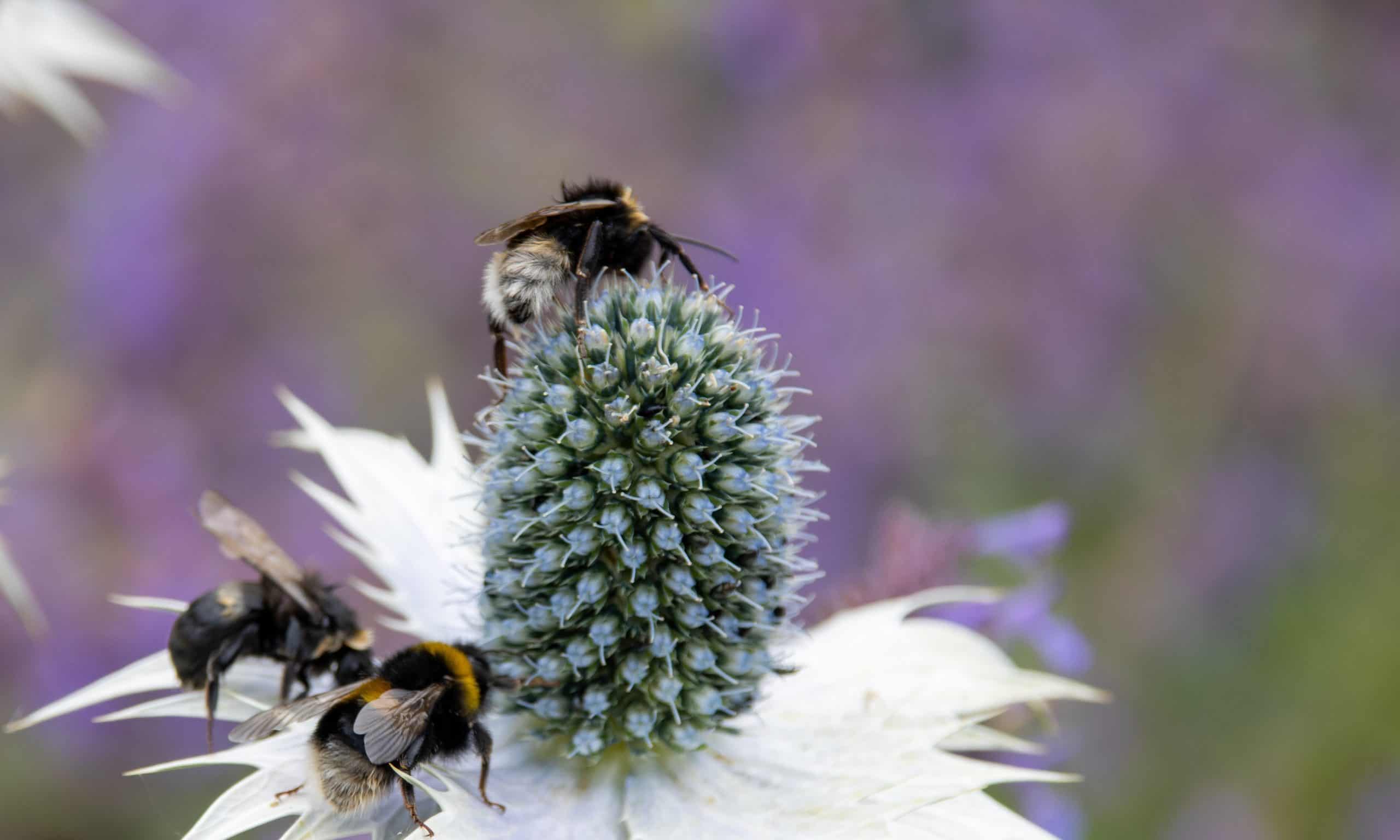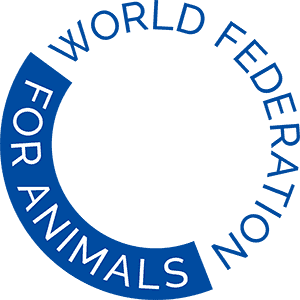A shift towards plant-rich diets could free up billions of hectares for nature-positive land use, such as rewilding. By reducing dependencies on animal products, significant amounts of land can be opened up for restoration and natural carbon sequestration. In oceans, reducing the extraction of vast numbers of fish and other marine species for consumption and feed would allow their populations to recover and increase their contributions to the natural carbon cycle. To maximise these climate benefits, this dietary shift should be part of an integrated strategy that includes other measures to transition away from industrial animal agriculture and improve animal welfare, as outlined in intervention area 2.
Measures
Educate the public about the environmental impact of food choices and promote plant-rich diets.
Labelling schemes, advertising and marketing regulations, and public procurement policies are all part of enabling food environments that help make healthy, sustainable choices easier for consumers.
Revise national dietary guidelines to emphasise the benefits of plant-rich diets and sustainable food choices for both health and the environment.
Implement programs in schools, hospitals, and government institutions that serve sustainable, plant-based meals in line with the planetary boundaries.
Require public institutions to include a significant portion of plant-based and alternative protein options in their menus to align with the planetary boundaries.
Remove or lower VAT for fruits, vegetables, and legumes, to make them more affordable and attractive.
Examples
City-Level examples: Urban areas around the world are increasingly recognising the importance of reducing the environmental impact of their food systems by promoting sustainable consumption patterns. Several cities have implemented innovative initiatives that illustrate how cities can contribute to national and global climate goals by encouraging plant-based diets and implementing sustainable food policies in public institutions.
In the Brazilian cities of Salvador, Belo Horizonte, and Belém, city authorities are implementing initiatives under the National School Feeding Program (PNAE), guided by the principles of food security, sustainability, and nutritional and environmental education. Programs such as Educando para Sustentabilidade aim to provide nutritious, sustainable meals for vulnerable populations by diversifying protein sources–replacing 20% of animal-sourced proteins with plant proteins–and offering comprehensive nutritional and environmental education. These initiatives, which aim to foster sustainable eating habits, have the potential to save more than 58 tons of CO2 equivalent per year.
In Bergamo, Italy, the ’Menù Green – Friend of the Climate’ project, developed with the Bergamo Health Agency, introduces plant-based meals in school canteens once a week. This initiative is complemented by food education courses targeting students, families, and teachers, aiming to raise awareness about the health and environmental benefits of plant-based diets. The program also includes regular monitoring of food preferences and waste levels, allowing the menu to be adjusted to better meet the tastes and needs of the children. This approach not only helps reduce the carbon footprint of school meals but also gradually guides the community towards more conscious and sustainable dietary choices.
Similarly, the Municipality of Copenhagen, Denmark, has committed to reducing its climate footprint by at least 25% per habitant by 2025. To do this, the Municipality is reducing the amount of animal-sourced foods served in public institutions, while increasing the availability of plant-based options.
Vienna Hospital Association (Austria): The Vienna Hospital Association has participated in several sustainable food procurement programs that have significantly reduced the amount of meat served in its facilities. These initiatives have led to a reduction of 11,700 tons of CO2 annually and generated cost savings of €57,000 per year. This approach demonstrates how public institutions can achieve meaningful climate benefits and cost efficiencies by reducing meat consumption and promoting sustainable dietary practices. These programs align with broader efforts to establish minimum sustainability standards for public canteens across the European Union, illustrating how institutional food procurement can contribute to climate goals. Read more here and here.
Portugal has committed to creating a national strategy to promote plant protein, as a part of its updated National Energy and Climate Plan (NECP) 2024-2030 submitted to the EU. The Portuguese government will implement measures to promote both production and consumption of plant protein. This will include supplying plant-based meals in public canteens and running promotional campaigns on the benefits of consuming plant protein. Along with this, the submission also includes reducing the consumption of animal proteins in the context of promoting a low-carbon diet.


